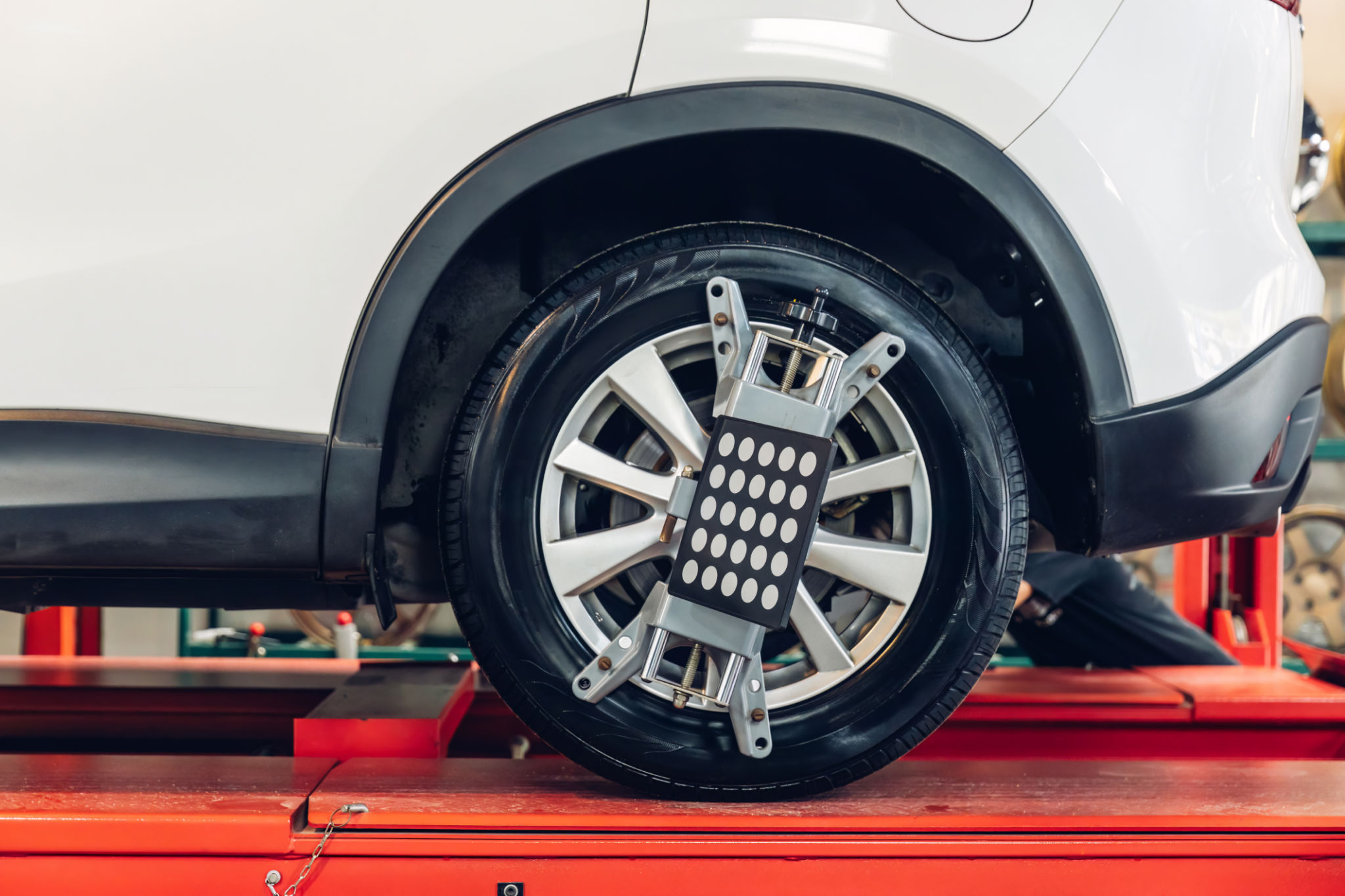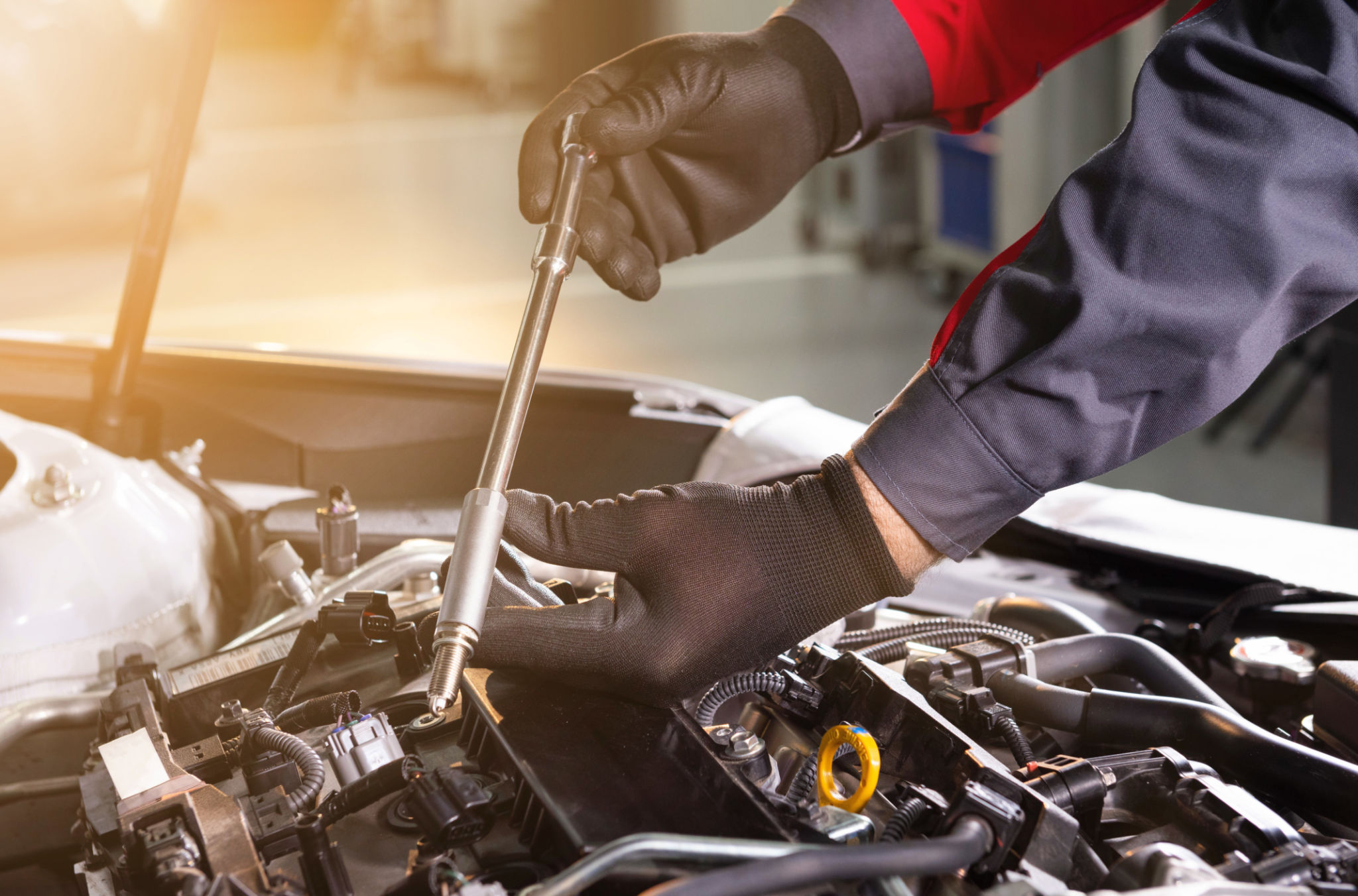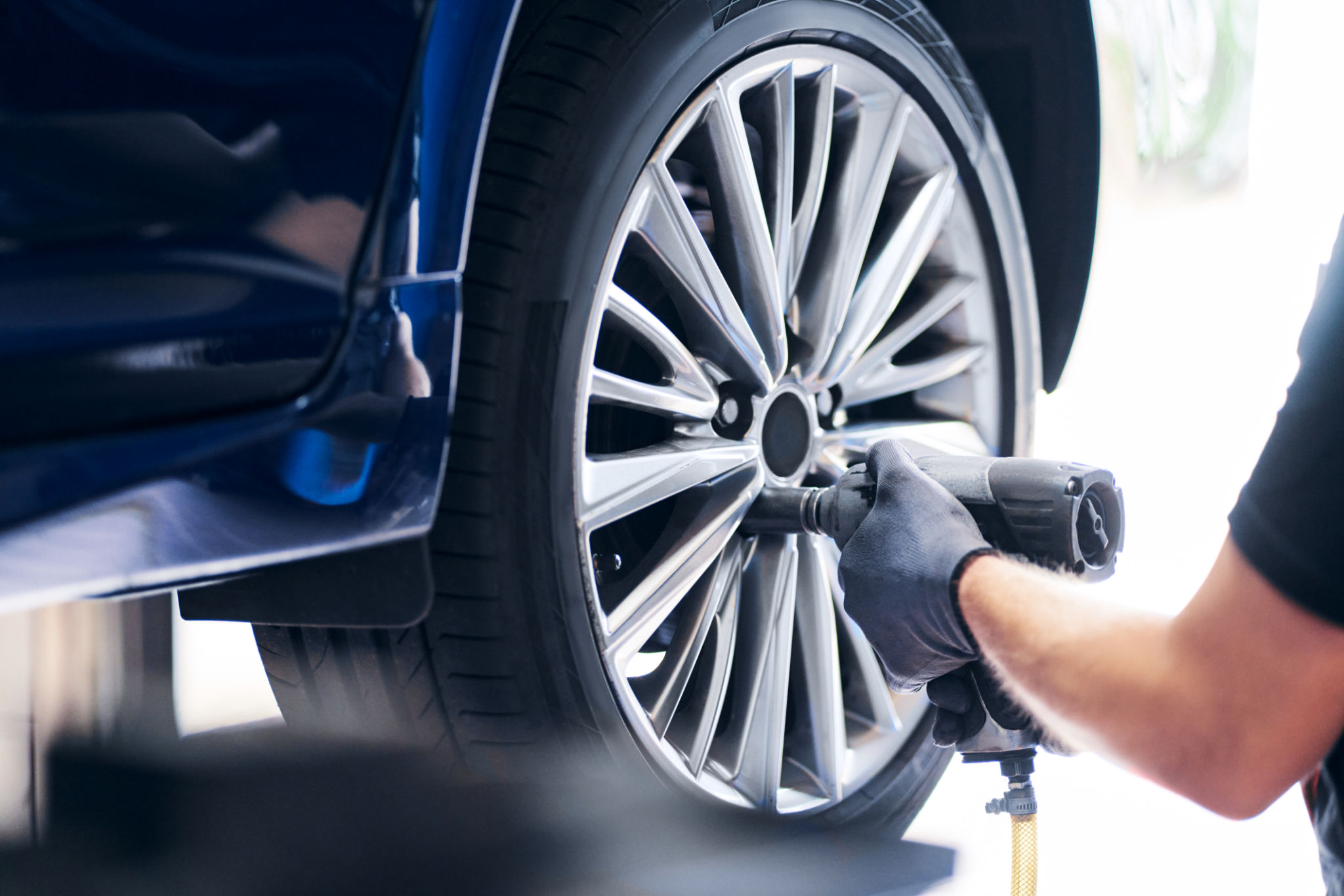Common Wheel Alignment Myths Debunked
Understanding Wheel Alignment
Wheel alignment is a critical aspect of vehicle maintenance that ensures your car handles properly and helps extend the lifespan of your tires. Despite its importance, there are several myths surrounding wheel alignment that can lead to confusion. In this post, we'll debunk some of the most common myths and provide clarity on why proper alignment is essential for your vehicle's performance.

Myth 1: Wheel Alignment is Only Necessary When You Get New Tires
One of the most prevalent myths is that wheel alignment is only needed when you purchase new tires. While it's true that aligning your wheels when you get new tires is a good practice, it's not the only time you should consider it. Regular alignment checks are recommended to ensure your vehicle's handling remains optimal and to prevent uneven tire wear.
Factors such as hitting a pothole, driving on rough roads, or simply the passage of time can cause your wheels to become misaligned. Therefore, periodic alignment checks are crucial, regardless of whether you've recently purchased new tires or not.
Myth 2: Misalignment is Always Obvious
Many drivers believe that if their wheels are out of alignment, it will be immediately noticeable through vibrations or pulling to one side. While these are common symptoms, they are not always present. Sometimes, misalignment can be subtle and only detectable through specialized equipment during an alignment check.

Ignoring regular checks because everything "feels fine" can lead to premature tire wear and negatively impact fuel efficiency over time. It's best to follow a routine maintenance schedule and have your alignment checked periodically to catch any issues early.
Myth 3: Alignment and Balancing Are the Same Thing
Another common misconception is that wheel alignment and wheel balancing are the same. However, they address different issues. Alignment involves adjusting the angles of the wheels so they are set to the manufacturer's specifications, ensuring that your car drives straight without pulling to one side.
Balancing, on the other hand, involves correcting the weight distribution around the wheel and tire assembly. Proper balancing ensures smooth rotation and prevents vibrations at higher speeds. Both services are important for optimal vehicle performance but serve different purposes.

The Benefits of Regular Wheel Alignment
Regular wheel alignment offers several benefits beyond improved handling. It helps extend the life of your tires by ensuring even wear patterns, which in turn saves money in the long run. Additionally, proper alignment contributes to better fuel efficiency, as misaligned wheels can cause your vehicle to work harder than necessary.
Moreover, a well-aligned vehicle provides a safer driving experience by ensuring that your car maintains proper traction and steering control. This is especially important in adverse weather conditions where precise handling can make all the difference.
Conclusion
Understanding the truth behind common wheel alignment myths empowers you to take better care of your vehicle. Regular alignment checks are a small investment that can lead to significant savings on tire replacements and improved overall vehicle performance. Don't wait for obvious signs of misalignment; instead, incorporate alignment checks into your routine vehicle maintenance plan for peace of mind on the road.